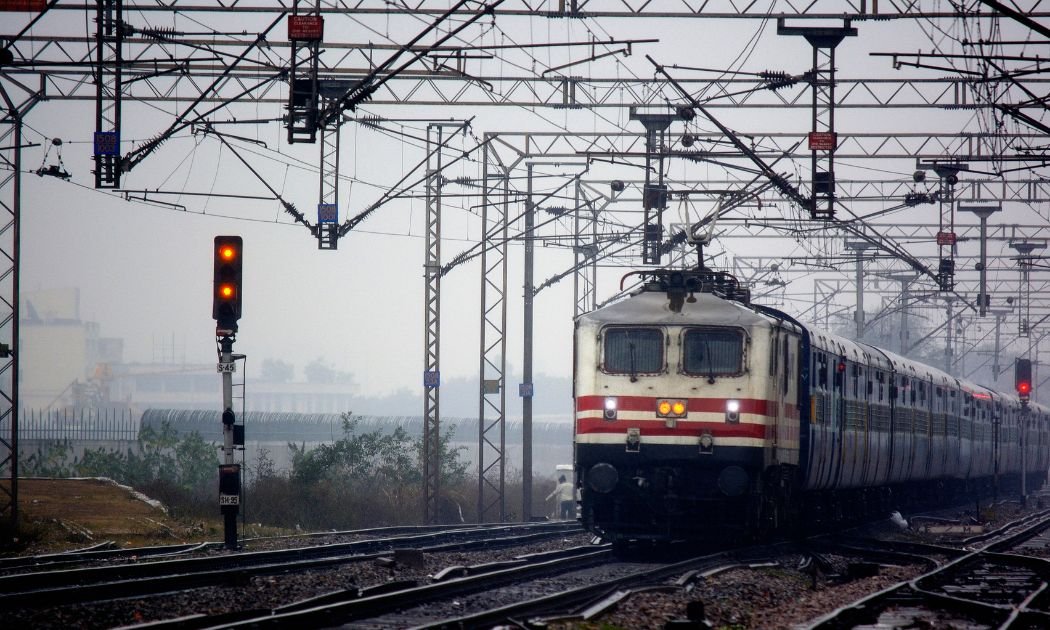Was the Delhi Railway Station Stampede a Preventable Tragedy?
Railways Sold 1,500 General Tickets Per Hour
February 16, 2025The stampede at New Delhi Railway Station on the night of February 15, which claimed 18 lives and injured several others, points to a failure on the part of both the railway authorities and the government to anticipate and prevent overcrowding during the Maha Kumbh period.
The stampede took place on Platforms 14 and 15 at New Delhi Railway Station as thousands of passengers gathered to board trains bound for Prayagraj during the Maha Kumbh. According to The Print, the incident claimed 18 lives, including 11 women, five children and two men, with ages ranging from seven to 79 years.
Media reports indicate that a mistaken announcement about a platform change contributed to the confusion. Further, the Railways sold 1,500 general tickets per hour and train services, notably the Swatantrata Senani Express and Bhubaneswar Rajdhani, got delayed, leading to further congestion on nearby platforms. Authorities received a distress call about overcrowding at about 9:55 p.m.
CCTV footage was promptly examined to determine the exact sequence of events, a two-member high-level committee was formed to investigate the incident, and compensation of 1 million rupees (10 lakh) for the next of kin, along with additional financial aid, was announced soon after the incident. However, these measures address only the aftermath, not the underlying lack of proper planning and crowd management.
The details of the incident suggest that the authorities may have failed to take necessary steps to manage the massive crowd expected during Maha Kumbh, especially considering it was a weekend and the festival is set to conclude on Feb. 26. Instead of implementing special measures, they apparently relied on routine procedures that proved insufficient under the circumstances.
Apart from not selling so many general tickets, the railway authorities could have devised a comprehensive crowd management plan in advance. They could have organised designated waiting areas, separating passengers based on their trains or travel groups. This would have prevented the mingling of large crowds in narrow or critical sections of the station.
Extra security personnel and trained staff could have been deployed to actively manage the flow of people. Clear and consistent public announcements would have provided timely instructions to avoid confusion. Real-time monitoring of crowd density through CCTV or other sensors could have alerted the authorities to take quick measures before conditions worsened.
Even temporary changes to the station layout, such as creating additional entry and exit points or using barriers to direct movement, might have helped control the situation better.
The failure to implement these preventive measures likely contributed to this avoidable disaster.

